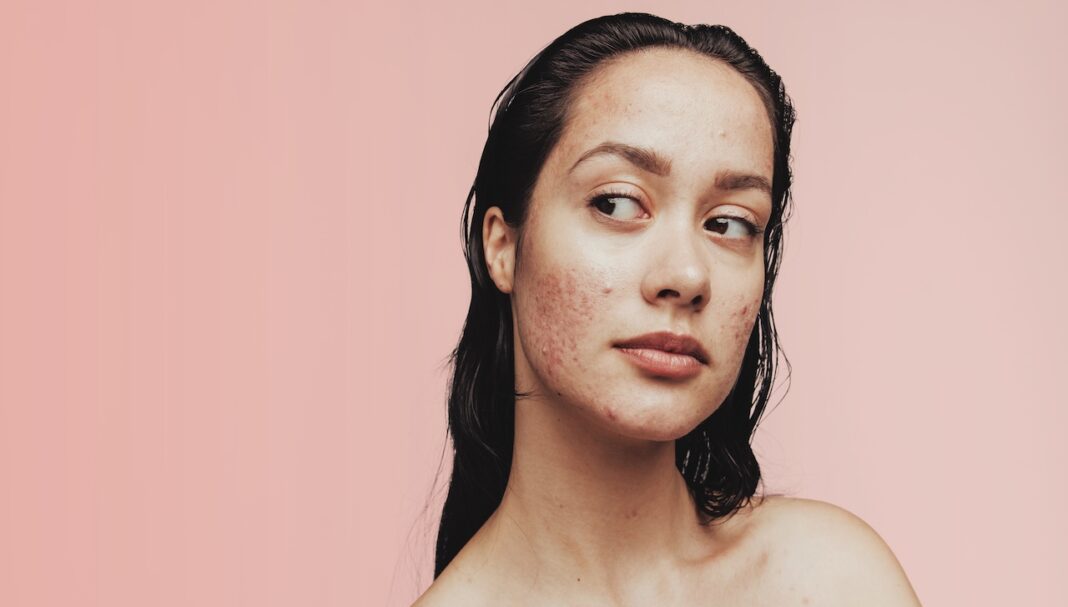Case scenario
Lauren, a woman in her mid-20s, asks your advice about treating her skin lesions. She has tried benzoyl peroxide cream for several months, but she is still concerned about her appearance. You note that she has about a dozen visible comedones and several pustules on her forehead. She confirms that she has no other lesions in other areas. She identifies that her skin is quite oily and tells you that she has no other medical conditions, only taking an oral contraceptive.
Learning objectivesAfter reading this article, pharmacists should be able to:
Competency Standards addressed (2016): 1.1, 1.3, 1.4, 1.5, 2.2, 3.1, 3.2, 3.3, 3.5 |
Already read the CPD in the journal? Scroll to the bottom to SUBMIT ANSWERS.
Introduction
Pharmacists can play an important role in the diagnosis and treatment of acne vulgaris. Non-prescription medicines are commonly used to treat acne, and the recent down-scheduling of adapalene 0.1% to a Pharmacist Only Medicine provides the opportunity for pharmacists to recommend it as an effective treatment for acne vulgaris.
This article provides a review of acne, with a focus on adapalene and its use as a non-prescription medicine to treat acne vulgaris.
Acne vulgaris
Acne vulgaris is a common chronic inflammatory skin condition characterised by the for
THIS IS A CPD ARTICLE. YOU NEED TO BE A PSA MEMBER AND LOGGED IN TO READ MORE.



 Professor Margie Danchin[/caption]
Professor Margie Danchin[/caption]

 Dr Peter Tenni[/caption]
Dr Peter Tenni[/caption]
 How should we deprescribe gabapentinoids, according to the Maudsley Deprescribing Guidelines[/caption]
How should we deprescribe gabapentinoids, according to the Maudsley Deprescribing Guidelines[/caption]



 Pharmacists have always prescribed, but they have the potential to prescribe much more
Pharmacists have always prescribed, but they have the potential to prescribe much more







